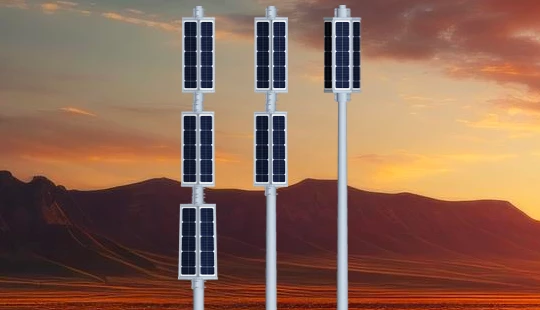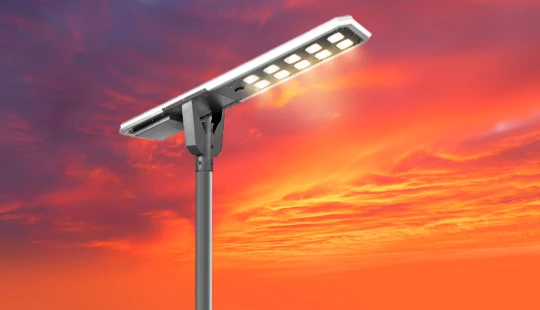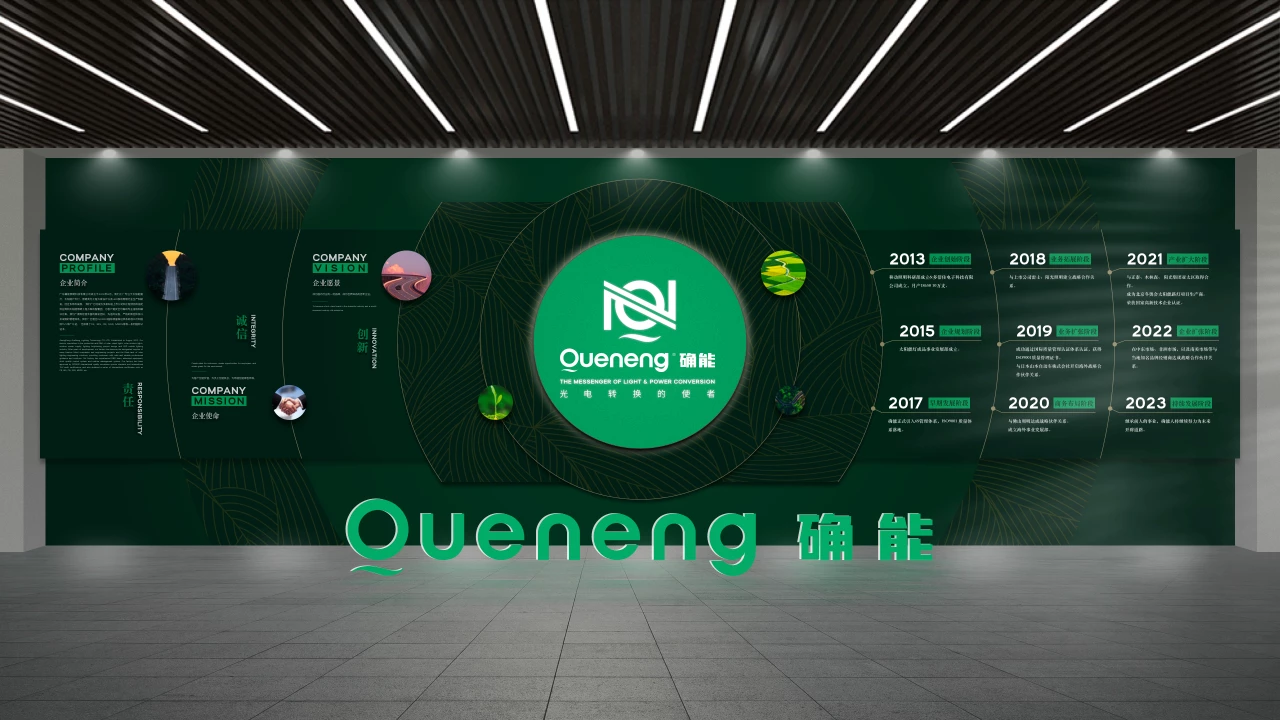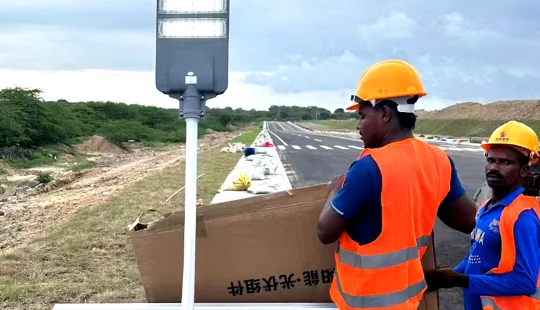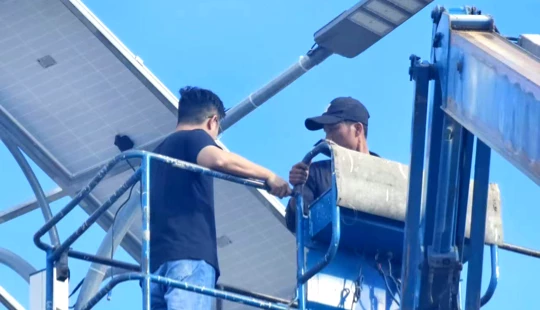How to Align the Solar Panel for Maximum Efficiency | Solar Optimization Tips
Learn how to align solar panels for maximum energy output. Discover the best tilt angle, orientation, and seasonal adjustment methods to improve solar panel efficiency.
Proper alignment of solar panels is one of the most critical factors in maximizing energy output, whether for residential use, commercial rooftops, or solar street lighting systems. Even a small misalignment can reduce power generation significantly. In this article, we’ll cover key alignment principles, ideal angles, tools, and techniques to ensure your solar panels work at peak performance.
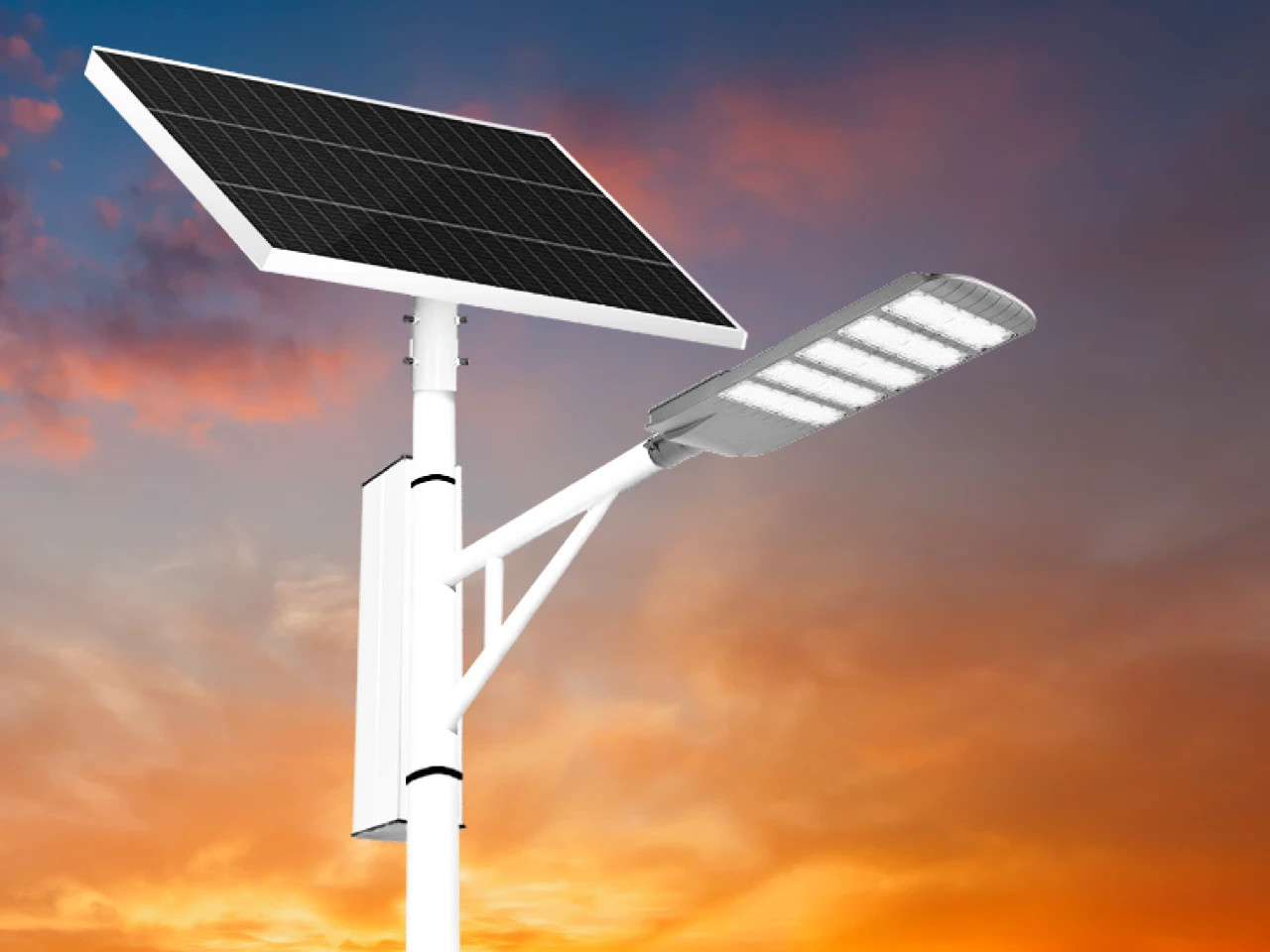
1. Understand Why Solar Panel Alignment Matters
Solar panels work best when they directly face the sun. The more perpendicular the panel surface is to sunlight, the more energy it can absorb. Misalignment can cause:
- Reduced solar energy absorption
- Lower battery charging efficiency
- Shortened lighting duration (in solar street lights)
- Increased long-term system costs
2. Determine the Ideal Tilt Angle
Your Geographic Latitude
A general rule is: tilt angle ≈ your latitude.
Example: If you're at 30° latitude, the panel should tilt at approximately 30°.
Seasonal Adjustments
- Winter: Tilt = Latitude + 15°
- Summer: Tilt = Latitude - 15°
- Fixed systems: Use an annual average tilt
Tip for Solar Street Lights
Many modern solar street lights feature fixed angles optimized for regional sunlight. Adjustable mounts can help fine-tune this if needed.
3. Choose the Right Orientation (Azimuth)
- Northern Hemisphere: Face panels true south
- Southern Hemisphere: Face panels true north
- Avoid: Shading from buildings, trees, or poles
4. Use Tools and Apps for Precision
Tools that help determine the best orientation and tilt:
- Solar pathfinder or sun tracker
- Google Sunroof or NREL PVWatts
- Mobile apps like Solar Compass or SunSurveyor
5. Consider Panel Type and Mounting
- Adjustable mounts: Allow seasonal optimization
- Fixed mounts: Lower cost but less flexible
- All-in-one solar street lights: Usually come with pre-set optimized angles
6. Maintenance and Rechecking
Rechecking alignment once or twice a year ensures:
- No shifting due to wind or vibration
- Clean surface for maximum sunlight exposure
- No new obstructions (like tree growth or construction)
Conclusion
Aligning your solar panels correctly can significantly boost efficiency and maximize your return on investment. For solar street lights, rooftop systems, or portable units, understanding optimal tilt, azimuth, and adjustment techniques will ensure the best long-term performance.
Partnering with an experienced solar lighting provider like GuangDong Queneng Lighting Technology Co., Ltd. guarantees expert design, custom alignment consultation, and long-lasting system performance.
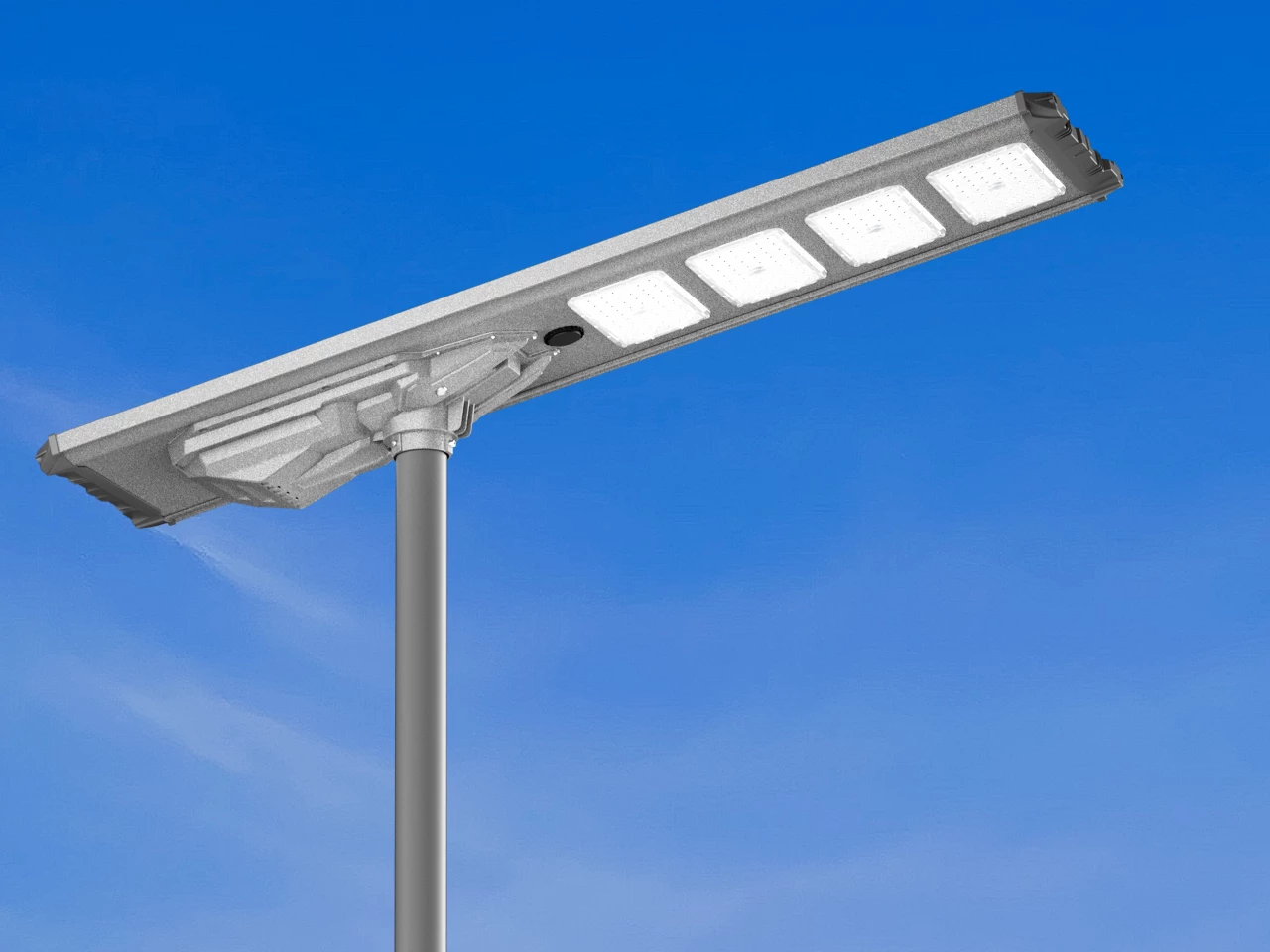
FAQ: Solar Panel Alignment
Q1: What’s the best direction for solar panels to face?
A: In the Northern Hemisphere, face them south. In the Southern Hemisphere, face them north.
Q2: Should I change the panel angle during the year?
A: Yes, seasonal adjustments can improve efficiency by 10–20%.
Q3: Do solar street lights need alignment?
A: Most are pre-aligned, but custom or adjustable designs allow fine-tuning.
Q4: What’s the best tilt angle in tropical regions?
A: Generally between 10°–15° for consistent year-round sunlight.
Q5: Can shading affect panel efficiency?
A: Absolutely. Even partial shading reduces output significantly. Ensure an unobstructed path to the sun.

Have more questions about our products or services?
The latest hot news you might like

Discover how solar panels power street lights, exploring the technology behind solar energy conversion, storage systems, and how solar-powered street lights are revolutionizing urban and rural lighting solutions.

Learn how AC Solar Hybrid Street Lights work, their advantages, disadvantages, system behavior in low-sunlight conditions, and why hybrid technology is ideal for regions with unstable sunlight.

Municipalities around the world are increasingly adopting solar-powered streetlights as part of their urban development strategies. Rising energy costs, the need for sustainable infrastructure, and government green initiatives are driving cities to switch from traditional street lighting to advanced LED solar streetlights.
Queneng Lighting provides municipalities with cost-effective, energy-efficient, and durable solar lighting solutions, ensuring safe and sustainable public spaces.
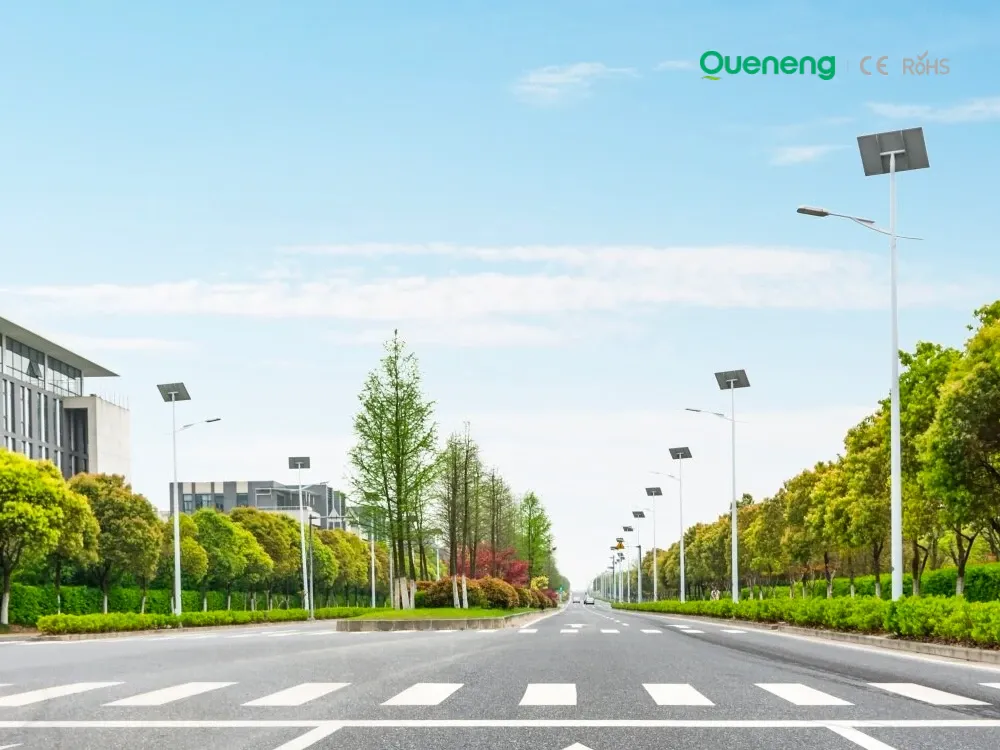
In recent years, the purchase of solar streetlights for municipalities has become a growing trend across the globe. Local governments are under pressure to reduce public expenditure, promote green energy, and create safer communities. Solar streetlights provide a reliable, cost-effective, and sustainable solution that meets these needs. Queneng Lighting, as a leading solar street lighting manufacturer, has supported multiple municipal projects worldwide with customized and energy-efficient solutions.
FAQ
Remote Areas Rural Development
How do solar streetlights perform in regions with extreme climates, such as deserts or snowy areas?
Advanced materials and designs make them suitable for extreme conditions, including high heat, freezing temperatures, and heavy snow.
Battery and Analysis
Can a rechargeable 1.2V portable battery be used instead of a 1.5V alkaline manganese battery?
What is a portable battery?
The portable battery family includes primary batteries and rechargeable batteries (secondary batteries). Button batteries belong to a special group of them
Industry
If the battery capacity decreases, does Queneng offer replacement services?
Yes, we offer long-term maintenance support for all solar systems, including battery replacements and system upgrades to ensure ongoing high performance.
Distributors
Are there any minimum order requirements?
Yes, there are minimum order quantities depending on the product and region. However, we offer flexible solutions to help you meet the needs of your market. Contact us directly to discuss specific requirements for your region.
Schools and Educational Institutions
How are the solar lights maintained?
Solar lights require minimal maintenance, typically only occasional cleaning of the solar panels and checking the battery and light functions.


Queneng's Luzhou Solar Street Light provides sustainable, energy-efficient outdoor LED lighting. Powered by solar energy, it's a cost-effective and eco-friendly solution for illuminating streets and pathways. A reliable and durable LED solar street light.

Queneng’s Solar Street Lights are designed to provide reliable, energy-efficient lighting for streets, parks, and other outdoor spaces.

Experience reliable outdoor illumination with our smart solar street light, a perfect combination of advanced technology and eco-conscious design.

Queneng's Luqiu Innovative Solar Street Light offers energy-saving, durable outdoor lighting. This solar power street light provides a reliable and eco-friendly solution for illuminating your streets and pathways.

Queneng's Luxian Reliable Solar Street Light offers energy-saving LED lighting for outdoor use. This durable, solar-powered street light provides reliable illumination, reducing energy costs and environmental impact. A perfect solution for sustainable outdoor lighting.
If you would like more information about Queneng solar lighting solutions, please send us a message by filling out the form below. Our professional team will get back to you within 24 hours!
Rest assured that your privacy is important to us, and all information provided will be handled with the utmost confidentiality.
Schedule a Meeting

Book a date and time that is convenient for you and conduct the session in advance.
Have more questions about our products or services?

